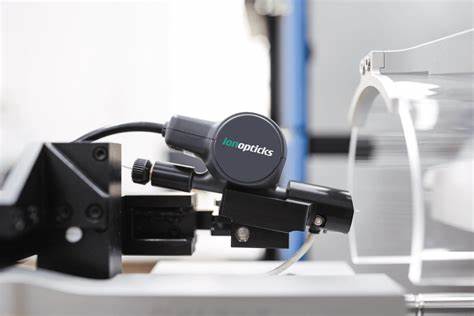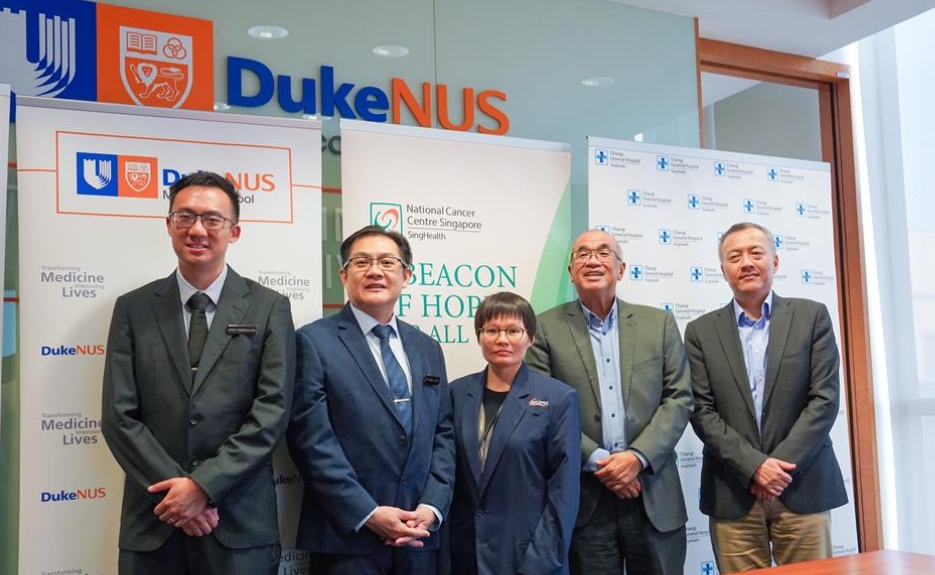
An unenviable challenge for many countries in the APAC region seeking to establish sovereign capability, is the brain drain of highly capable researchers, engineers and manufacturing scientists into high-income neighbours. A key opportunity for the region is to shift the focus away from vaccine manufacture in individual countries to a regionalised approach.
Initiatives like the AVSSR and the Regionalised Vaccine Manufacturing Collaborative (RVMC) seek to support the manufacture of critical vaccines across multiple countries in a region. Opportunities include part of the manufacture occurring in one country supported by fill and finish in another.
These cross-country collaboration opportunities are further highlighted in RVMC’s recent Vision whitepaper. By harnessing the collective skills and capability of the ASEAN region – as described in the ASEAN Leader’s declaration – nations who previously competed for talent can uplift each other collectively. Regionalised vaccine manufacturing is an opportunity to reduce costs to individual governments and if successful reduce dependency on cyclic donour funding.
Sharing the load
Many countries in the Pacific region do not have the capacity to build and maintain Current Good Manufacturing Practices (cGMP) facilities for vaccine manufacture.
A recent paper presented by UNICEF highlighted supply chain logistics as one key challenge. With the reliance on importing vaccines from the global market, Pacific Inland Countries and Territories (PICTs) are collaborating to address these challenges.
Similar to the work conducted by RVMC, the Vaccine Independence Initiative (VII) is supporting PICTs with finance and collective procurement to ensure vaccines are available for these nations. By purchasing as a larger block, cost per dose is reduced for the collective. Sharing logistics and storage ensures vaccines are held locally for quick access as well as upskills key segments of the population.
Impact
The average cost of a vaccine dose for endemic diseases such as cholera, typhoid and polio in Australia can range from AUD $60-140. And this cost is often out of reach for Low- and Medium-income Countries (LMICs) in the APAC region. By collaborating on manufacturing capability and sharing the load for logistics, there are opportunities for LMICs in the APAC region to increase access and reduce per-dose vaccine cost for their population.
Collectively, LMICs in APAC have a combined population of over 700 million, which is comparable to the population of Europe. Through collaboration we will be able to improve vaccine manufacture and provide faster and more equitable access to vaccines.
Dr Patrick James, Group Leader, Regulated Biomanufacturing, Commonwealth Scientific and Industrial Research Organisation (CSIRO), Australia




